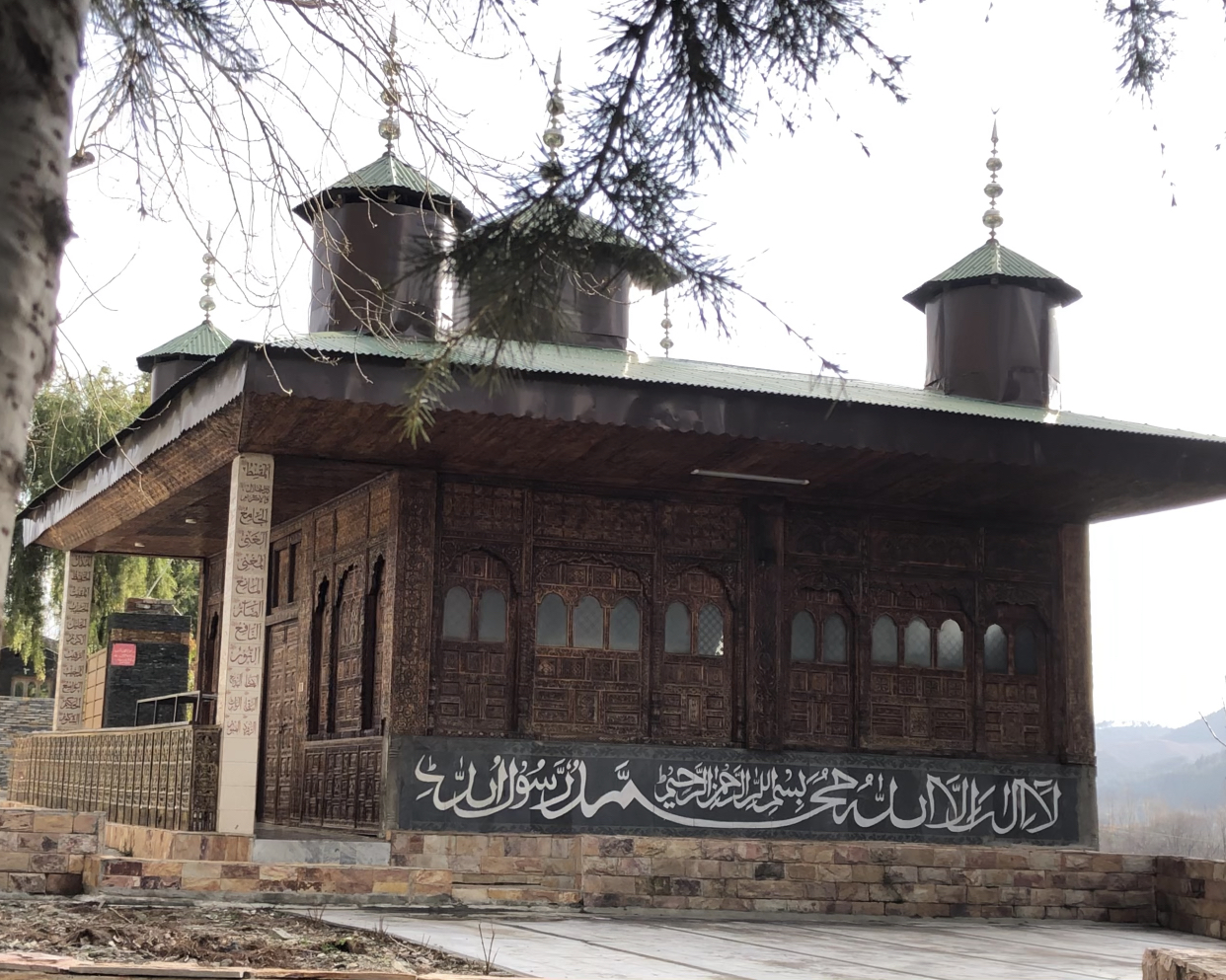By: Arshad Jaan
“We perform every Asr prayer in this beautiful mosque after visiting the nearby River Swat in Baghderi. Worshipping in this wooden mosque provides solace and contentment to the soul,” said Hayat Swati, a local visitor.
Swat’s renowned and unique wooden mosque, constructed without pillars, bricks, stones, or cement, has become a focal point not only for worshippers but also for local visitors and architectural enthusiasts.
A significant number of visitors and worshippers attend the mosque for Friday (Jumma) prayers and Asr prayers; however, attendance rises markedly during the sacred month of Ramadan.
Mr Jehangir, an overseas Pakistani working in Saudi Arabia who recently returned to his native village of Sakhra, Garai, said, “I had seen images of this beautiful mosque on social media but never witnessed it in person. Today, I not only prayed in this remarkable mosque but also captured photos and videos. Worship here brings profound peace to the soul.” He added that the elaborate wood carvings on Diyar wood render the mosque truly unique.
Situated in Baghderi, Khwazakhela tehsil, this exquisite wooden mosque was built by Brigadier Azam Khan Afandi near the River Swat. Constructed over eight years (2001–2008), its distinctive design and architecture set it apart.
A local elder, Amin Jan, noted that the mosque is crafted entirely from Diyar wood, renowned for its allure. “Around 240 floral-patterned wooden tiles adorn the mosque, each featuring a unique design. Foreign, national, and local woodcarvers collaborated on the intricate carvings,” he explained.
Carpenters and woodcarvers revealed that two types of wood were used: Diyar wood for the exterior, and distinctively carved floral tiles that captivate both visitors and trainees.
Umar Rahman, President of the All Carpenters and Owners’ Association Swat, highlighted Diyar wood’s significance: “It is fragrant, durable, and resistant to water and insects.” Having worked on the mosque alongside his father, he added, “The craftsmanship here serves as an academy for woodcarving apprentices, safeguarding an art form largely lost in modern markets. The carvers intentionally avoided excessive refinement to retain a traditional, organic aesthetic.”
Woodcarvers and heritage advocates emphasise that this structure is not merely a place of worship but also a testament to craftsmanship and spiritual tranquillity, preserving Swat Valley’s rich cultural and architectural legacy.
Also read: Entrepreneurial spirit shines in KPK






